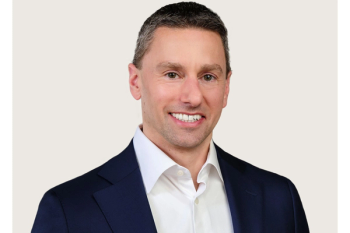
The Impact of Alopecia Areata on Daily Routines
Peyton reflects on the changes alopecia areata brought to her morning routine and how she enjoys the diversity it brings her.
Peyton: In terms of my social life, alopecia did a bit more for that. For 1, it gave me a little bit of diversity. Normally, I wouldn't be viewed as too much of a diverse person. I'm cisgender, heterosexual, and Asian American, not much to look at there. And it helped me with high school applications. And in my new school, I found this diverse group of people. If you play it right, alopecia can get you a lot of new friends, and I love that part about it. You get to hang out with the people that aren't necessarily seen as normal, but you're not either, so that's the fun of it.
It's kind of cool to just be an alopecian in the sports world, alopecia patient. Especially as a girl, you don't see that very often. It might not be normal, and it also might give some people a reason to stare, but I kind of like having that attention on me.
Some general lifestyle modifications that I made were when I did the minoxidil foam, it was a lot of sitting at the kitchen table, being still, really patient, and waiting for my mom to apply this to every little spot I had on my head. And then I'd have to wait for it to absorb and then I'd have to wait for it to get tamped down because it was oily, it was a longer routine in the morning than I had with my regular hair. Later on, it got better, but I did have to put on a wig. And you can't always do normal hairstyles with the wig because the little tabs show. You have to do these weird concoctions of hair in order to both, cover up the tabs and give you something normal and keep it comfortable because the wigs get hot.
My wig is fancy, really expensive, it was $3,000. I'm glad that I spent that much money on it because it'll last me a long time, but that's still a pretty big investment to make all at once. And then my microblading, I have to get it touched up more often than some, like an adult, because I'm still growing. These eyebrows are microbladed. And eyebrows evolve over time as you go from a little 8-year-old kid to a teenager to a young adult to an adult, and touch-ups are important. Those cost about $400 a year, but they also come with a bit of a time cost. Microblading ink is fragile, and you have to keep it insulated from the sun, extra oils, water, for an entire week. We usually plan it around vacations and school breaks, so that I don't have to deal with missing swim practice. But on the rare occasion when we do need to touch up, it can take me out of swim practice for a while. And if you miss a week of swim practice, it's hard to get your stamina and technique back up.
Transcript lightly edited for clarity.
Newsletter
Stay ahead of policy, cost, and value—subscribe to AJMC for expert insights at the intersection of clinical care and health economics.

























































